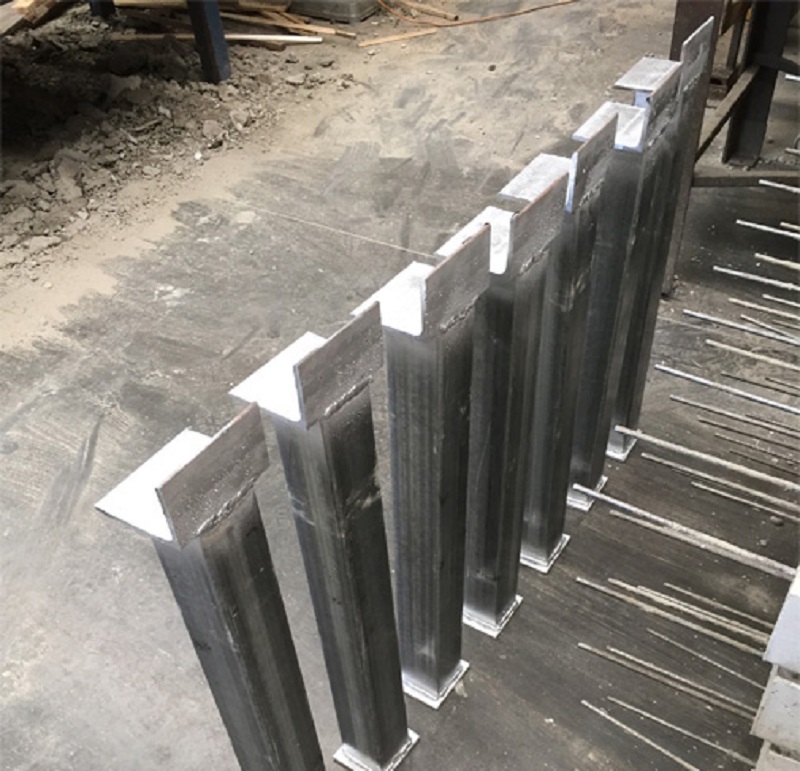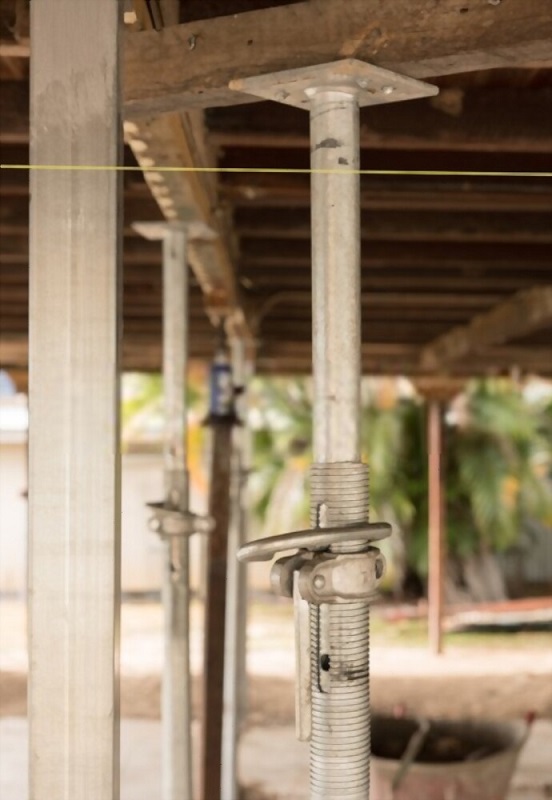House restumping, also known as reblocking, can be the difference between a safe, level home and one that is structurally unsound. In essence, this process involves replacing the stumps that support your home, ensuring that it remains strong for years to come. But how can you ensure that you're getting the most out of your house restumping project?
In this comprehensive guide, we'll delve into the intricacies of house restumping, from understanding the process and its costs, to identifying signs that your house needs restumping, and even offering tips on how to choose the right restumping service for your needs.

Understanding House Restumping:
House restumping is a crucial aspect of home maintenance, particularly for homes built on stumps, which are essentially the "legs" of the house. Over time, these stumps can deteriorate due to various factors, such as soil movement, moisture, and pest infestations. When this happens, it can lead to serious structural issues, making house restumping a necessity.
The Cost of House Restumping:
The cost of restumping can vary greatly depending on a variety of factors, including the size of the house, the number of stumps needed, the materials used, and the condition of the existing stumps. It's important to get quotes from several restumping services to ensure that you're getting a fair price.
Signs You Need House Restumping:
Signs that your house may need restumping include uneven or sloping floors, cracks in walls, doors that stick or won't close properly, and visible stump rot or damage. If you notice any of these signs, it's imperative to contact a professional for an inspection as soon as possible.
The Benefits of House Restumping:
Restumping not only addresses immediate structural concerns but also provides significant benefits. It increases the value of the property, enhances safety, and improves the overall aesthetic of the house. Plus, it can prevent further, more expensive damage in the future.
Choosing the Right Restumping Service:
Choosing the right restumping service is critical to ensure a smooth and successful project. Look for a service that is licensed, insured, and has positive reviews. Furthermore, they should provide a detailed quote and warranty for their work.
DIY House Restumping: Is It Worth It?
While it may be tempting to try restumping yourself to save money, it's generally not recommended. Mistakes can be costly and potentially dangerous. Hiring a professional ensures the job is done right and comes with the added peace of mind of a warranty.
Understanding Restumping Materials:
Different materials can be used for stumps, including timber, concrete, and steel. Each has its own pros and cons, which should be considered in the context of your specific property and needs.

How Long Does House Restumping Take?
The duration of the restumping project will depend on several factors, including the size of the house, the number of stumps, and the condition of the existing stumps. On average, it can take anywhere from a few days to a few weeks.
Conclusion:
House restumping is a significant home maintenance project that can greatly enhance the safety, aesthetics, and value of your home. By understanding the process, knowing what signs to look for, and choosing the right service, you can ensure that you get the most out of your house restumping project. Remember, while it might seem costly upfront, the long-term benefits make it a worthwhile investment.
Comments
Post a Comment